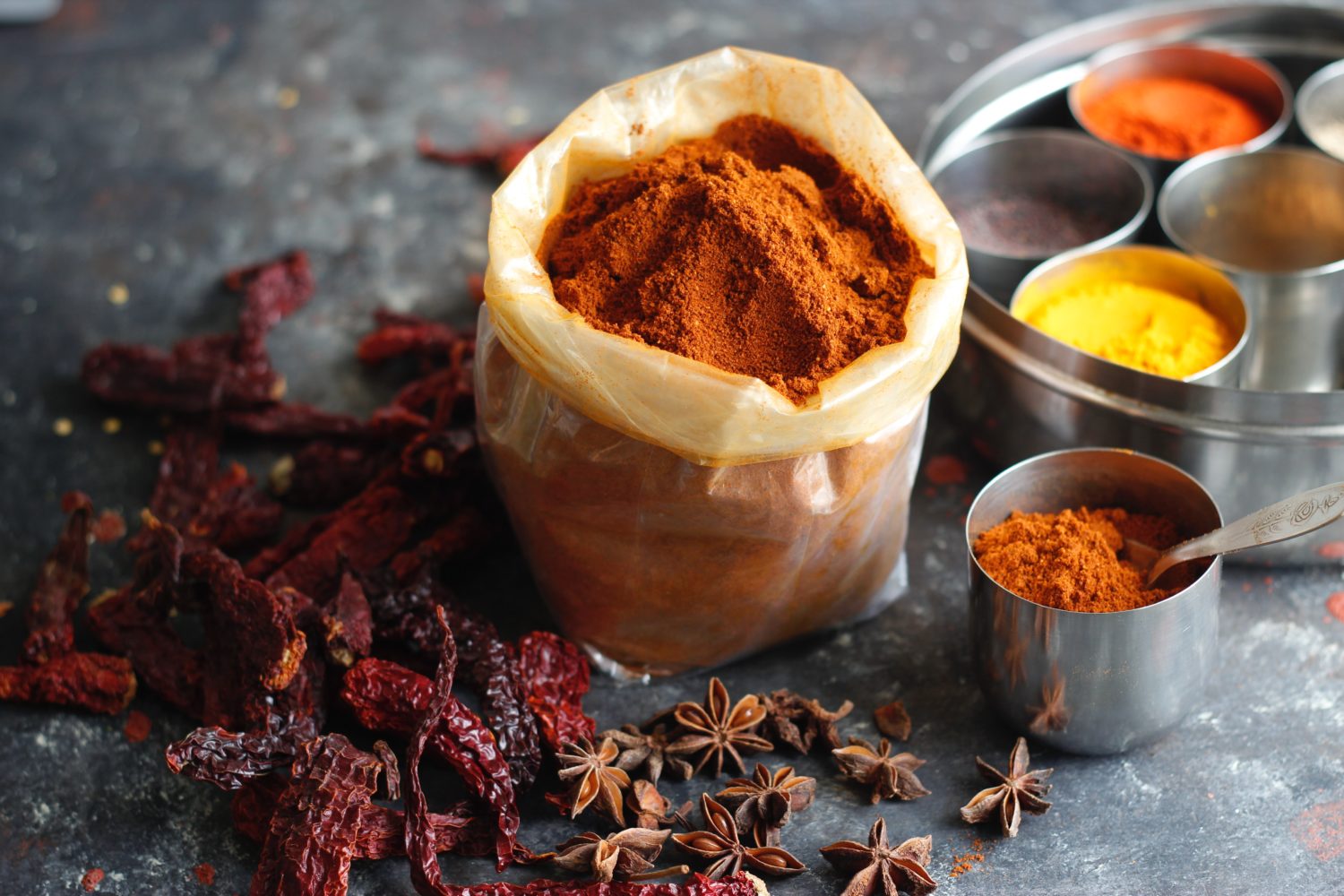If food is our everyday medicine for maintaining good health, herbs and supplements give us targeted compounds to fill in gaps that we may not get from diet alone.
I have combed through latest research, lectures and writing from top botanical and functional medicine minds to offer you three powerful supplements. Each of these compounds is well researched and has a mechanism(s) of action verifying its potential benefit to immune health.
While there are MANY natural compounds with effects on the immune system, I want to give you a simple regimen of a few targeted supplements that provide added benefit.

Quercetin 150-300mg/day
The more I learn about this compound the more I love it. Quercetin is a polyphenol found in onions, apples and capers. It has antihistamine, anti-inflammatory, antiviral and antioxidant properties. It demonstrates biological activity in many systems of the body, including the respiratory system, immune system and gut5.
In regards to antiviral activity, quercetin shows inhibition of Influenza A1 and SARS in vitro. Thought to interrupt viral docking, it may inhibit the ability of a virus to penetrate into a cell during the initial stage of infection. Quercetin has also been shown to replenish antioxidants in lung tissue in animal studies4 .
Trials are currently underway in both China and Canada to investigate quercetin’s action against COVID-192. Its potential inhibition against the novel coronavirus is being explored by multiple authors3, but this work has yet to be peer reviewed.
Patients must first cross-check quercetin with medications including ibuprofen, aspirin, antibiotics and anticoagulants. (Kaiser Permanente offers the Natural Medicine Database free to cross-check with medicines.) Individuals with high blood pressure or high blood sugar may even experience less need for their medications when taking quercetin!
Curcumin 500-1000mg/day
Curcumin is an active ingredient from everyone’s favorite anti-inflammatory plant—turmeric! Due to its ability to downregulate inflammation, this bright orange superstar may also help support the body’s response to infection3.
According to Kevin Spelman, PhD, an expert on the molecular biology of plants, curcumin exhibits immune activity on various targets, including increasing serum IgM, IgG, and effects on T lymphocytes, B lymphocytes and reducing inflammatory compounds called cytokines9. Some research suggests that curcumin demonstrated inhibitory action on the SARS coronavirus in the 2003-2004 outbreak8.
Knowing its wide-ranging health benefits and its excellent safety profile, daily supplementation with curcumin is a safe and smart choice. If you have joint pain or other signs of inflammation, such as gut or autoimmune conditions, curcumin is a particularly excellent multisystem health booster. One exception is if you are a woman preparing for pregnancy. There are some reports that turmeric in medicinal doses can thin the uterine lining (likely not in food dosages).
Please cross check any medications, especially anticoagulants.
Vitamin C 1000mg, 1-3 times per day
I assumed, as some contend, that as long as we get sufficient Vitamin C from our diet, additional intake won’t enhance its effects (in other words, more is not more). However, Dr. Christopher Hobbs’ research synopsis6 reminds us that there are in fact MANY aspects to “supporting immunity.”
Vitamin C confers multiple benefits during a respiratory illness, repairing tissue and helping our body deal with stress. It helps neutralize oxidants, regulate phagocytes (cells that gobble up the casualties of an immune defense), enhance natural killer cell activity and regulate cytokines. Vitamin C also assists in the manufacture of adrenal hormone—important in times of stress.
While there has been controversy, some trials do show that vitamin C supplementation reduces duration of respiratory illness when initiated within the first 24 hours of symptoms. So if we are looking for ways to mitigate the effects of a respiratory virus, (and knowing vitamin C’s other great benefits) supplying our bloodstream with a steady stream of vitamin C—especially when stressed—is a great strategy.
I like the idea of having higher circulating levels of vitamin C if/when you come in contact with viruses. Alternatively, start supplementing at the first sign of an upper respiratory infection and continue for five days minimum.
- Wu W, Li R, Li X, et al. Quercetin as an Antiviral Agent Inhibits Influenza A Virus (IAV) Entry. Viruses. 2015;8(1):6. Published 2015 Dec 25. doi:10.3390/v8010006
- https://www.macleans.ca/news/canada/a-made-in-canada-solution-to-the-coronavirus-outbreak/
- Khaerunnisa, S.; Kurniawan, H.; Awaluddin, R.; Suhartati, S.; Soetjipto, S. Potential Inhibitor of COVID-19 Main Protease (Mpro) From Several Medicinal Plant Compounds by Molecular Docking Study. Preprints 2020, 2020030226 (doi: 10.20944/preprints202003.0226.v1)
- Kumar Pankaj, Khanna Madhu et al. Effect of Quercetin Supplementation on Lung Antioxidants After Experimental Influenza Virus Infection. Exp Lung Research 2005 Jun;31(5):449-59. doi: 10.1080/019021490927088.
- Li Y, Yao J, Han C, et al. Quercetin, Inflammation and Immunity. Nutrients. 2016;8(3):167. Published 2016 Mar 15. doi:10.3390/nu8030167
- https://media.christopherhobbs.com/wp-content/uploads/2023/02/11204932/covid-19-update-vitamin-c-summary.pdf
- Bucher A, White N. Vitamin C in the Prevention and Treatment of the Common Cold. Am J Lifestyle Med. 2016;10(3):181‐183. Published 2016 Feb 9. doi:10.1177/1559827616629092
- Wen Chi Chun, Kuo Yueh-Hsieung et al. Specific Plant Terpenoids and Lignoids Possess Potent Antiviral Activities Against Severe Acute Respiratory Syndrome Coronavirus. J Med Chem. 2007 Aug 23;50(17):4087-95. doi: 10.1021/jm070295s. Epub 2007 Jul 31.
- Chandra Jagetia Ganesh, Aggarwal Barat B. “Spicing Up” of the Immune System by Curcumin. J Clin Immunol. 2007 Jan;27(1):19-35. doi: 10.1007/s10875-006-9066-7. Epub 2007 Jan 9.


